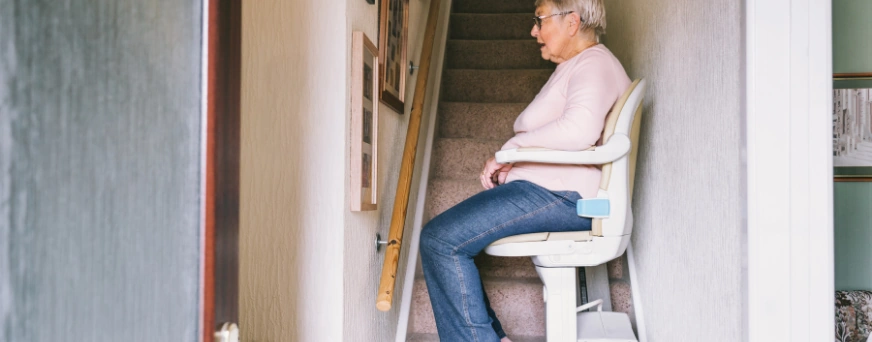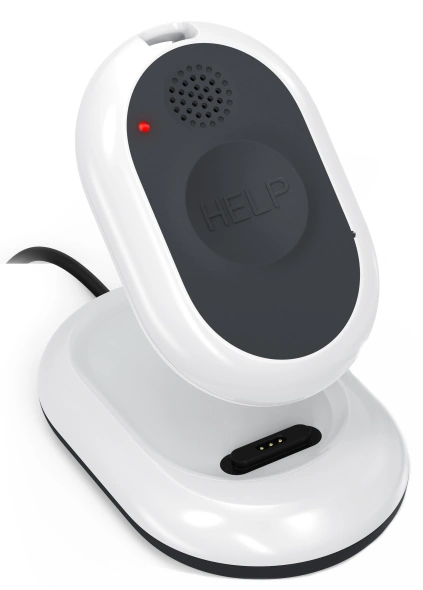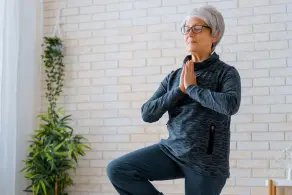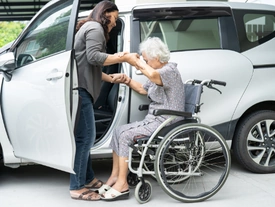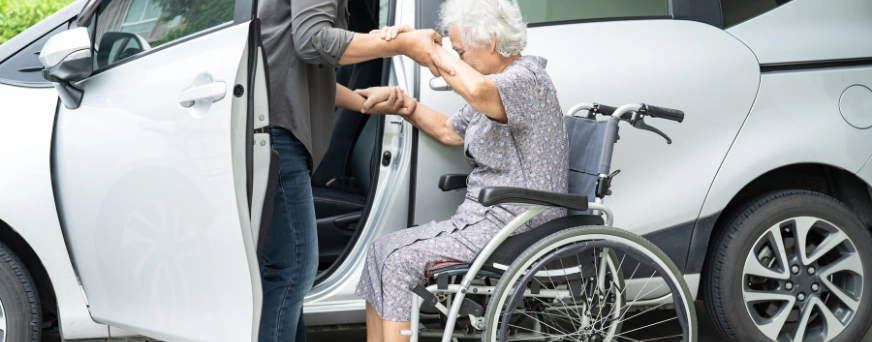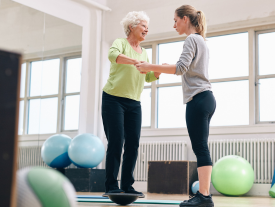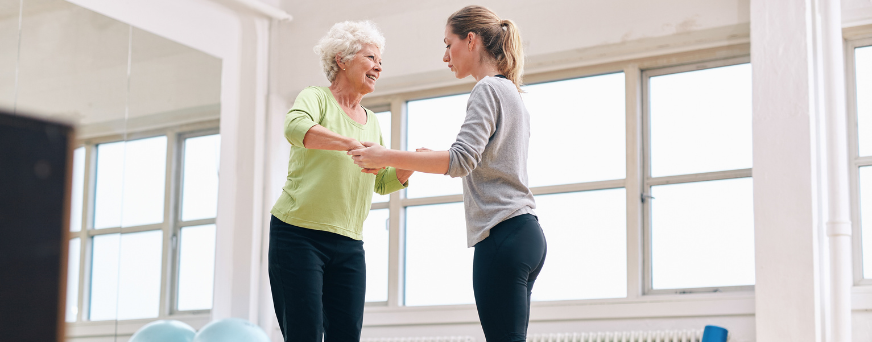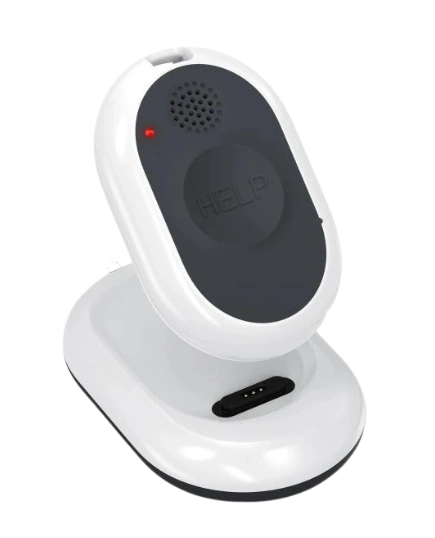How Lift Chairs for Seniors Help with Back and Joint Pain
Key Takeaway
Lift chairs help seniors reduce back and joint pain by easing strain when transitioning from sitting to standing and by supporting proper spinal alignment. Many include therapeutic features like heat or massage. Choosing the right size, cushioning, and lift power adds comfort.
Aches and pains in the back and hips, along with knees and joints, are usually a part of older life. These make movement harder. It may be harder to get up from a seated position or to find a comfortable posture.
Lift chairs for seniors, or power lift chairs, are made specifically to curb these issues. They help seniors get in and out of a seat more easily.
They can play a significant role in reducing back and joint pain, while improving posture and enhancing comfort. This article underlines their role in helping seniors lead more comfortable lives.
What Are Lift Chairs?

A lift chair is a motorized recliner. It assists the user in transitioning from a seated position to standing, and vice versa. It resembles a reclining chair in its basic form.
With its electric lift mechanism that is operated via a remote control, the chair tilts forward and lifts. This helps it rise more easily. In reverse, it gently lowers the user into a seated or reclining position.
Along with lifting and lowering, many lift chairs have a range of reclining angles. They also have adjustable footrests and supportive cushioning.
Users can even make use of optional therapeutic features like heat or massage. These work the best for people with reduced mobility and arthritis, as well as issues in the back or hips. Even those recovering from surgery find this to be a comfortable option.
How Do Lift Chairs Address Back And Joint Pain?

Lift chairs help with pain relief in several important ways. They are not just a tool for helping you stand up easier. They reduce strain and support alignment, while also offering therapeutic relief. Let us look at these features:
Reduced Strain And Pressure On Joints
One of the major problems that seniors face with normal chairs is the need to exert effort from joints like knees and hips. They even strain their lower back when sitting down or standing up.
For example, pushing up from a usual seat puts pressure on the knees and hips. Sliding down or reclining improperly can further strain the spine or back muscles.
Lift chairs, with their powerful lifting functions, remove a lot of this strain. They gently lift and tilt to help the user stand without exerting muscular effort or running the risk of sudden, painful movement.
Moreover, being able to adjust the chair to elevate the feet can help reduce swelling in the legs and feet. It also reduces pressure in the knees and hips. Elevating the legs also helps redistribute the weight more evenly across joints.
Support For Proper Spinal Alignment & Posture
Poor posture, where you are slouching or have a forward head/ rounded shoulders, can worsen/ cause back pain over time. Sitting on non-supportive furniture allows gravity and weak muscles ot pull the spine from its natural curves.
Lift chairs with good lumbar support and powered headrests, as well as adjustable backrests and multiple reclining positions, can help maintain good spinal alignment.
Pain Relief Via Heat, Massage, & Controlled Movement
Many lift chairs include comfort and therapeutic features beyond structural support. These are designed to soothe pain and stiffness. Heat functions can relax tight muscles and improve blood flow, too.
This is especially useful for older joints or those with conditions like arthritis. Massage settings further ensure reduced muscle tensions in the back and shoulders.
Controlled movement that lets you recline slowly and adjust the backrest/ footrest helps find optimal angles. You can find one that relieves pain the best for your specific condition.
For example, some positions reduce pressure on the hips while others help with sciatica by relieving pressure on nerve roots.
What To Look For In A Chair
If you are considering a lift chair, you need to understand that not all chairs are equal. The right features make a big difference in how much relief and comfort the chair provides.
Recline & Lift Mechanism
Consider the following recline and lift mechanisms in your chair:
- Number of motors: Chairs can have single, or dual, or even triple motors. A single motor chair moves the backrest and footrest together. The dual motor allows independent adjustment of the back and footrest. Triple motor models are even more flexible for positioning.
- Range of recline: Full recline or flat/ near flat, along with various intermediate angles, helps find positions that will relieve pain in your specific case.
- Lift power & smoothness: The lift mechanism needs to smoothly lift and tilt the user. It should have enough power to support the user’s weight without strain or noise.
Support Features
Look for these support features in your chair:
- Lumbar support: Adjustable lumbar support that matches the curve of the lower back helps prevent slouching and reduces lumbar pain.
- Head/neck support: A powered headrest or padded pillow is required to support the neck in reclined/ semi-reclined positions. This helps avoid neck strain.
- Firm, ergonomic cushioning: Generous but supportive foam or padding is required to cradle the body without sinking in too much. Pressure relief at key points like the hips and tailbone also matters.
Ease Of Use & Controls
Consider the following for ease of use:
- Simple, intuitive controls: Big buttons and possible memory presets for favourite positions are much preferred. Seniors with limited dexterity can make the most of these simple features.
- Smooth transitions: Smoother transitions are needed for lift/lower and recline changes. Sudden movements can cause problems in joints.
Fit & Size
Look into the following in terms of fit and size:
- Size and weight capacity: The chair needs to match the senior’s height and weight, as well as body proportions. Overly large chairs make reaching the control hard. If they are too small, they cause additional discomfort.
- Seat depth and width: There needs to be enough room to sit without exerting a lot of pressure on the back of the knees. Arms rests must also be placed appropriately.
Conclusion
Lift chairs are more than mere luxury. They can be genuinely therapeutic tools for seniors dealing with back and joint pain. The lift chairs for seniors address many sources of discomfort by reducing the strain involved in simple motions and offering comfort features.

